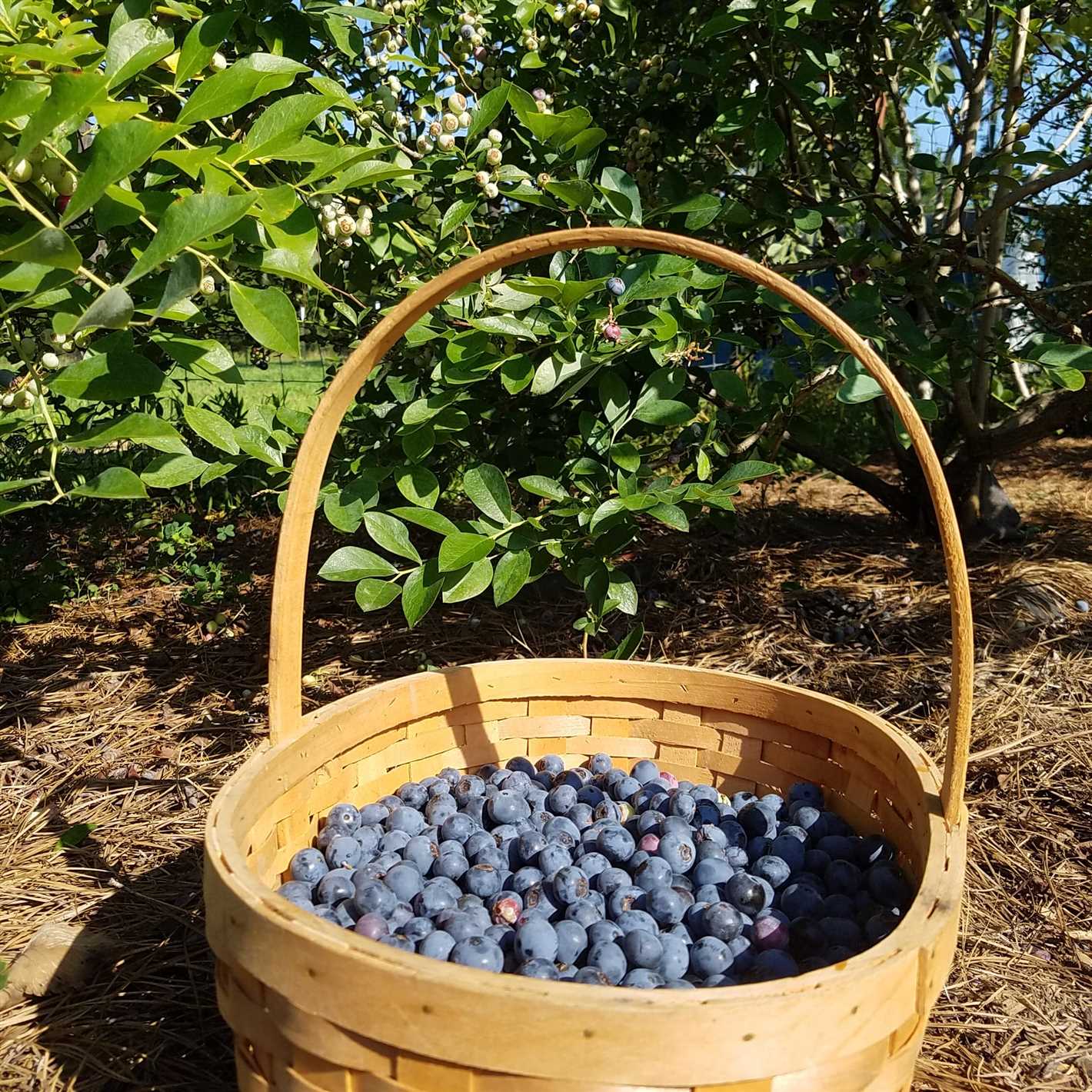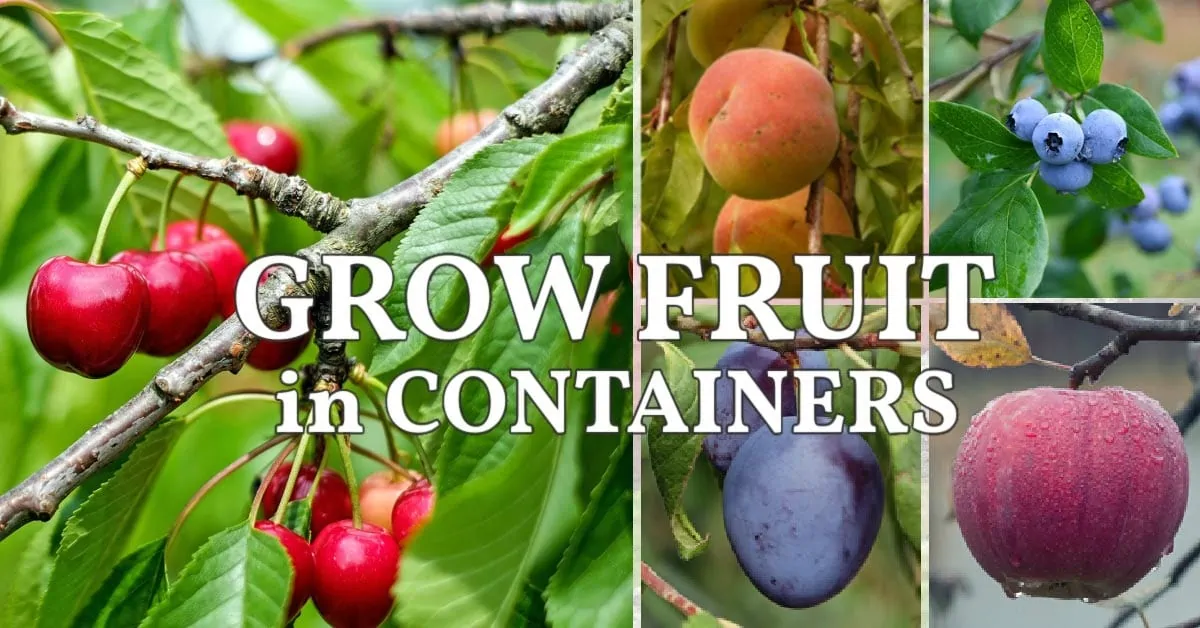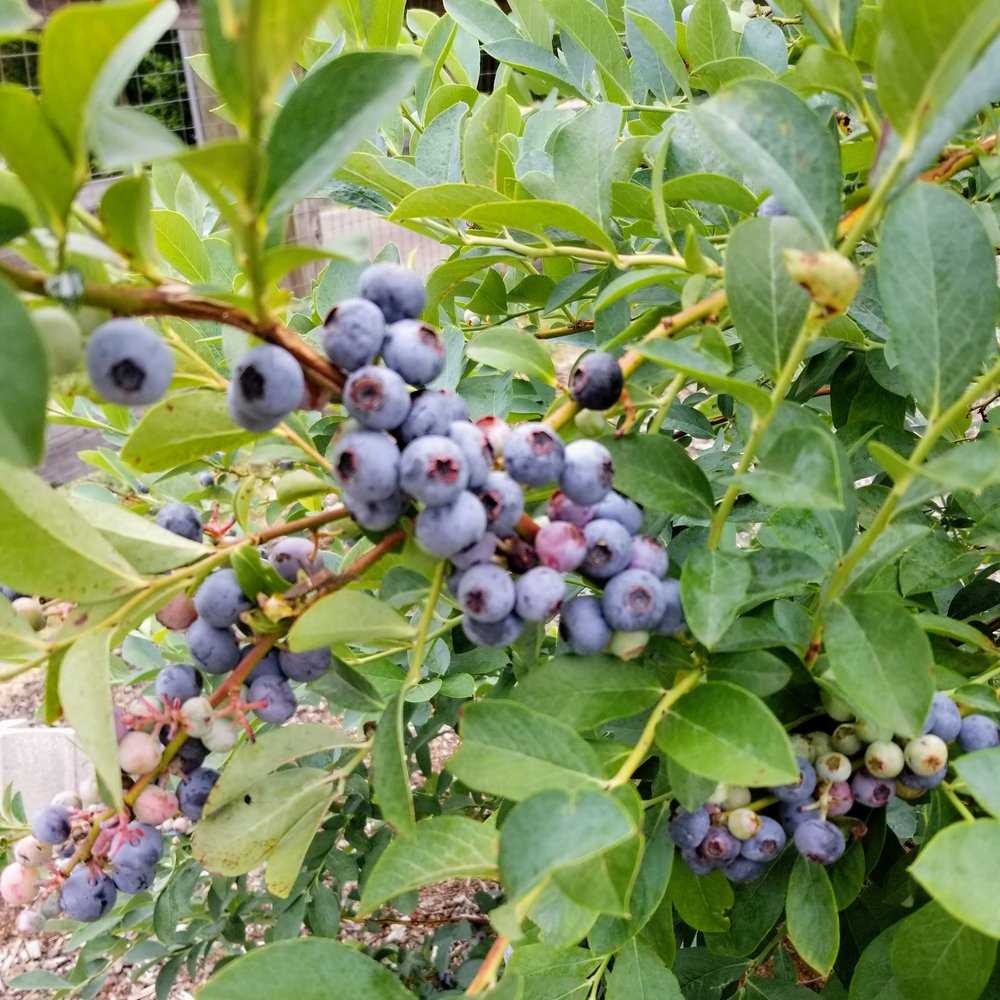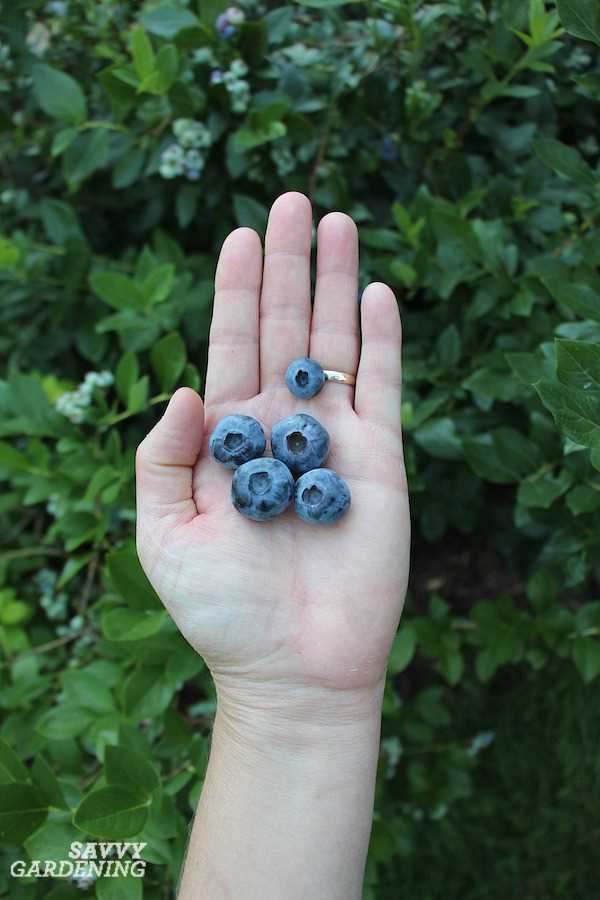- Why You Should Work with Blueberries This Autumn
- Benefits of Blueberries for Your Health
- 1. Rich in Antioxidants
- 2. Promote Heart Health
- 3. Improve Brain Function
- 4. Aid in Weight Management
- 5. Boost Immune System
- 6. Support Digestive Health
- 7. Enhance Skin Health
- 8. Reduce Inflammation
- Preparing Your Garden for Blueberry Planting
- Test the Soil
- Choose the Site
- Clear the Area
- Amend the Soil
- Prepare the Planting Hole
- Planting the Blueberries
- Choosing the Right Blueberry Varieties
- 1. Climate Adaptability
- 2. Flavor Profile
- 3. Size and Texture
- 4. Ripening Time
- 5. Disease Resistance
- Planting Blueberries in Autumn: Step-by-Step Guide
- Caring for Blueberry Plants During Autumn
- 1. Pruning
- 2. Mulching
- 3. Fertilizing
- 4. Irrigation
- 5. Protection from Frost
- Conclusion
- Harvesting and Preserving Blueberries
- 1. Timing
- 2. Harvesting Techniques
- 3. Sorting and Cleaning
- 4. Freezing Blueberries
- 5. Canning Blueberries
- 6. Dehydrating Blueberries
- Delicious Autumn Recipes with Blueberries
- Blueberry Smoothie
- Blueberry Pancakes
- Blueberry Crumble Bars
- Creamy Blueberry Oatmeal
- Question-answer:
- How do I prepare my blueberry bushes for winter?
- When is the best time to plant blueberry bushes?
- What type of soil do blueberry bushes prefer?
- Should I prune my blueberry bushes in the fall?
- Can I grow blueberry bushes in containers?
- How do I protect my blueberry bushes from birds?
- Video: The ULTIMATE Guide to Crops – Stardew Valley

Autumn is the perfect season for working with blueberries. These delicious and nutritious fruits are in abundance during this time of year, and it’s important to take advantage of their availability. Whether you’re a professional chef or a home cook, there are several must-do tasks for autumn that will help you make the most of blueberries.
First and foremost, it’s essential to properly store your blueberries. After picking or purchasing them, make sure to remove any damaged or spoiled berries. Gently rinse the blueberries with cool water and let them air dry for a few minutes. Then, transfer them to a clean container and store them in the refrigerator. This will help keep the blueberries fresh and extend their shelf life.
Another important task for autumn is to incorporate blueberries into your recipes. These berries are not only delicious on their own but can also be used in a variety of dishes. From breakfast smoothies and muffins to salads and desserts, there are countless ways to incorporate blueberries into your meals. Their sweet and tangy flavor adds a burst of freshness to any dish and provides a rich source of antioxidants.
Lastly, don’t forget to freeze some blueberries for later use. Freezing blueberries is a great way to preserve their freshness and enjoy them throughout the year. Simply spread the blueberries in a single layer on a baking sheet and place them in the freezer for a couple of hours. Once frozen, transfer them to a freezer-safe container or bag. Frozen blueberries can be used in smoothies, baked goods, or as a healthy snack.
Remember, autumn is the perfect time to work with blueberries. By properly storing, incorporating them into recipes, and freezing them, you can make the most of these delicious fruits all year round.
Why You Should Work with Blueberries This Autumn
Blueberries are a versatile and nutritious fruit that should be a part of your autumn cooking and baking routine. Here are a few reasons why:
- Health Benefits: Blueberries are packed with antioxidants and are known to have numerous health benefits. They can help improve brain function, lower blood pressure, and reduce the risk of heart disease.
- Seasonal Availability: Autumn is the peak season for blueberries, which means they are at their freshest and most flavorful during this time. Take advantage of the abundance of blueberries and incorporate them into your autumn recipes.
- Versatility: Blueberries can be used in a variety of dishes, both sweet and savory. Add them to your morning oatmeal, toss them into salads, or bake them into pies and muffins. The possibilities are endless.
- Freezing Potential: If you have an excess of blueberries, you can easily freeze them for later use. Freezing blueberries allows you to enjoy their delicious flavor even when they are out of season.
Whether you are a seasoned cook or a beginner, working with blueberries this autumn is a must. So head to your local farmers’ market or grocery store, grab a pint of blueberries, and start experimenting with these delightful fruits!
Benefits of Blueberries for Your Health
Blueberries are not only delicious, but they also offer numerous health benefits. They are often referred to as a superfood due to their rich nutrient content and powerful antioxidant properties.
1. Rich in Antioxidants
One of the main benefits of blueberries is their high level of antioxidants. Antioxidants help protect your body from free radicals, which can cause damage to cells and contribute to aging and diseases such as cancer and heart disease.
2. Promote Heart Health
Blueberries are known to be heart-friendly due to their ability to lower blood pressure and reduce bad cholesterol levels. The antioxidants present in blueberries help to prevent oxidation of cholesterol, which is one of the main causes of heart disease.
3. Improve Brain Function
Several studies have shown that blueberries can improve brain function and delay age-related decline in mental function. The antioxidants in blueberries may help improve memory and cognitive function.
4. Aid in Weight Management
Blueberries are low in calories and high in fiber, making them a great food for weight management. The fiber content helps you feel fuller for longer periods, reducing the overall calorie intake.
5. Boost Immune System
Blueberries are packed with vitamins C and E, which play a crucial role in boosting the immune system. These vitamins help the body fight off infections and viruses.
6. Support Digestive Health
Blueberries are a good source of dietary fiber, which aids in digestion and prevents constipation. The fiber promotes healthy bowel movements and keeps the digestive system functioning properly.
7. Enhance Skin Health


The antioxidants in blueberries help combat oxidative stress, a major cause of skin aging. Regular consumption of blueberries can help improve skin health, reduce wrinkles, and promote a youthful appearance.
8. Reduce Inflammation
Chronic inflammation is linked to various diseases such as arthritis, diabetes, and obesity. Blueberries contain compounds that have anti-inflammatory properties, helping to reduce inflammation in the body and lower the risk of these diseases.
Incorporating blueberries into your diet is a simple and delicious way to support your overall health. Their numerous health benefits make them an excellent addition to your regular meals or snacks.
Preparing Your Garden for Blueberry Planting


Before you start planting blueberries in your garden, it’s important to make sure that the soil and site are prepared properly. Here are some essential steps to take before you begin:
Test the Soil
The first step is to test your soil. Blueberries prefer acidic soil with a pH level between 4.0 and 5.5. You can purchase a soil testing kit from a local garden center or send a soil sample to a laboratory for analysis. Once you know the pH level of your soil, you can make appropriate amendments to ensure it is suitable for blueberry cultivation.
Choose the Site
Blueberries require full sun to grow and produce fruit. Look for a spot in your garden that receives at least 6-8 hours of direct sunlight each day. It’s also important to select a site with well-draining soil, as blueberries do not tolerate soggy conditions.
Clear the Area
Clear any weeds, grass, or debris from the planting site. Use a rake or garden tool to remove any obstructions and create a clean planting area. Keeping the area clear will help prevent competition for nutrients and allow your blueberries to grow without interference.
Amend the Soil
If your soil is not already acidic enough, you will need to amend it with organic matter. Blueberries prefer growing in soil with high organic matter content. Consider adding peat moss, pine bark, or compost to improve soil structure and increase acidity. Follow the recommended rates for your specific soil type and pH level.
Prepare the Planting Hole


Dig a hole that is two to three times wider and deeper than the root ball of your blueberry plant. Make sure to remove any rocks or other debris from the hole. This will give the roots ample space to spread out and establish themselves in the soil.
Planting the Blueberries
Place the blueberry plant in the hole and backfill with the amended soil, gently firming it around the roots. Water the newly planted blueberry thoroughly to settle the soil and remove any air pockets. Mulch around the base of the plant to help conserve moisture and suppress weed growth.
By following these steps and ensuring that your soil and site are properly prepared, you will give your blueberries the best chance of thriving and producing a bountiful harvest.
Choosing the Right Blueberry Varieties
When it comes to growing blueberries, choosing the right varieties is essential for a successful harvest. Different varieties of blueberries have different characteristics, such as size, flavor, and cold tolerance. Here are some factors to consider when selecting blueberry varieties:
1. Climate Adaptability
Blueberry varieties can be categorized into high-chill, low-chill, or mid-chill. High-chill varieties require a certain number of chilling hours at temperatures below 45°F (7°C) to set fruit properly. Low-chill varieties, on the other hand, require fewer chilling hours and are suitable for areas with mild winters. Mid-chill varieties fall between the two and are suitable for regions with moderate winters.
2. Flavor Profile
Blueberries come in a range of flavors, from sweet to tart. Some varieties are known for their exceptional sweetness, while others have a more balanced flavor profile. Consider your personal preferences and intended uses for the blueberries when selecting varieties.
3. Size and Texture
Blueberries can vary in size from small to large, and the texture can range from firm to soft. Larger berries are often preferred for fresh eating, while smaller berries are suitable for baking and processing. Consider the intended use of the berries and choose varieties accordingly.
4. Ripening Time


Blueberry varieties can have different ripening times, ranging from early season to late season. By selecting a mix of varieties with different ripening times, you can extend your blueberry harvest season and enjoy fresh berries for a longer period of time.
5. Disease Resistance
Some blueberry varieties are more resistant to certain diseases, such as powdery mildew or mummy berry. If you have had issues with specific diseases in your area, choosing disease-resistant varieties can help reduce the risk of crop loss.
It’s also worth noting that some varieties require cross-pollination for optimal fruit set, while others are self-pollinating. Consider the pollination requirements of the blueberry varieties you are interested in and ensure you have appropriate pollinators nearby if necessary.
Overall, choosing the right blueberry varieties is crucial for a successful harvest. By considering factors such as climate adaptability, flavor profile, size and texture, ripening time, and disease resistance, you can select varieties that will thrive in your specific growing conditions and meet your desired preferences.
Planting Blueberries in Autumn: Step-by-Step Guide
Planting blueberries in the autumn can be a rewarding and enjoyable task. It’s the perfect time to establish new plants and ensure a bountiful harvest for the upcoming seasons. Follow these step-by-step instructions to successfully plant blueberries in autumn:
- Choose a suitable location:
- Select a sunny spot in your garden that receives at least 6 hours of direct sunlight daily.
- Ensure the soil is well-drained and has a pH level between 4.5 and 5.5.
- Prepare the soil:
- Clear the area of any weeds or grass.
- Loosen the soil to a depth of 12 to 18 inches using a garden fork or tiller.
- Amend the soil with organic matter, such as compost or aged manure, to improve its fertility and drainage.
- Choose the right blueberry variety:
- Consider the climate and choose a blueberry variety that is suitable for your region.
- Research different cultivars to find the ones that are best suited for your specific growing conditions.
- Planting process:
- Dig a hole that is twice as wide and as deep as the root ball of the blueberry plant.
- Gently remove the plant from its container, being careful not to damage the roots.
- Place the plant in the hole and backfill it with soil, firming it gently around the roots.
- Water the newly planted blueberry thoroughly to settle the soil and ensure good root-to-soil contact.
- Mulch and water:
- Apply a layer of mulch around the base of the plant to retain moisture, suppress weeds, and regulate soil temperature.
- Water the blueberry plant regularly, especially during dry spells, to keep the soil consistently moist.
- Pruning and maintenance:
- Prune the blueberry plant in late winter or early spring to remove damaged or overcrowded branches.
- Fertilize the plant with a balanced blueberry fertilizer according to the package instructions.
By following these step-by-step guidelines, you can successfully plant blueberries in autumn and enjoy a fruitful harvest in the years to come.
Caring for Blueberry Plants During Autumn
As the autumn season approaches, it is essential to ensure that your blueberry plants are adequately cared for. Taking the necessary steps now will help your plants thrive during the colder months and be ready for a healthy growth spurt in the spring. Here are some important tasks you should consider:
1. Pruning


Autumn is the perfect time to prune your blueberry plants. Begin by removing any dead or diseased branches, as well as any crossing branches that may hinder the plant’s growth. This will help improve air circulation and reduce the risk of diseases or pests. Additionally, pruning can help shape the plant and promote better fruiting in the next season.
2. Mulching


Mulching is crucial during the autumn months to protect the plant’s roots and conserve moisture. Apply a layer of organic mulch, such as pine needles or wood chips, around the base of the plant. This will help regulate soil temperatures and prevent weed growth. Be careful not to pile the mulch against the trunk, as this can promote rotting.
3. Fertilizing
It is recommended to fertilize your blueberry plants in the autumn. Choose a slow-release, balanced fertilizer specifically formulated for acid-loving plants. Apply the fertilizer according to the package instructions, ensuring that it is evenly distributed around the plant’s drip line. This will provide the necessary nutrients for the plant to establish strong roots during the winter.
4. Irrigation
Proper irrigation is vital throughout the year, including autumn. While blueberry plants require less water during colder months, they still need adequate moisture to survive. Monitor the soil moisture levels and water the plants when necessary. Be careful not to overwater, as excessive moisture can lead to root rot.
5. Protection from Frost
As the temperature drops, it is crucial to protect your blueberry plants from late-season frosts. Cover the plants with frost blankets or old bedsheets overnight when freezing temperatures are expected. This will help prevent frost damage and ensure the continued health of your plants.
Conclusion
By taking the time to care for your blueberry plants during autumn, you are setting them up for success in the coming months. Pruning, mulching, fertilizing, irrigation, and frost protection are all critical steps to ensure that your plants stay healthy and productive. With proper care, you can enjoy bountiful blueberry harvests year after year.
Harvesting and Preserving Blueberries
Harvesting and preserving blueberries is an important task to ensure you can enjoy the delicious taste of these berries throughout the year. Here are some tips to help you make the most of your blueberry harvest:
1. Timing
It’s essential to harvest blueberries at the right time to ensure optimal flavor and texture. Blueberries should be fully ripe before harvesting, which is indicated by their deep blue color. Gently touch the berries to check if they are firm but not too hard or too soft.
2. Harvesting Techniques


When harvesting blueberries, it’s best to use a gentle hand-picking method. Simply grasp the blueberry between your thumb and forefinger and gently twist to detach it from the stem. Avoid pulling or tugging on the berries, as this may damage the plant or other berries.
3. Sorting and Cleaning
After harvesting, it’s important to sort and clean the blueberries to remove any debris, stems, or damaged berries. Fill a bowl with cool water and gently place the berries in it. Swirl them around to dislodge any dirt or debris and then drain the water. Pick out any remaining stems or damaged berries before proceeding with preservation.
4. Freezing Blueberries
Freezing blueberries is an excellent way to preserve their freshness and nutritional value. Spread the clean and dry berries on a baking sheet in a single layer and place them in the freezer for a couple of hours. Once the berries are frozen, transfer them to airtight freezer bags or containers, removing as much air as possible. This will help prevent freezer burn and maintain their quality.
5. Canning Blueberries
Another way to preserve blueberries is by canning them. Start by preparing a simple syrup by combining equal parts water and sugar and boiling until the sugar dissolves. Fill sterilized jars with the clean blueberries, leaving a small headspace, and cover them with the hot syrup, leaving a 1/2-inch headspace. Process the jars in a water bath canner according to the recommended time for blueberries. This method will allow you to enjoy blueberries long after the harvest season.
6. Dehydrating Blueberries
Dehydrating blueberries is a great option if you prefer a more concentrated flavor. Start by rinsing the berries and placing them in a single layer on a dehydrator tray. Set the dehydrator to a low temperature (around 135°F) and let them dry until they are firm and leathery. Once dehydrated, store the blueberries in an airtight container in a cool, dark place for long-term preservation.
By employing these techniques, you can ensure your blueberry harvest lasts well beyond their growing season, allowing you to enjoy these flavorful and nutritious berries year-round.
Delicious Autumn Recipes with Blueberries
Blueberry Smoothie
A refreshing and healthy way to start your day, this blueberry smoothie is packed with antioxidants and vitamins.
- Ingredients:
- 1 cup of blueberries
- 1 banana
- 1 cup of almond milk
- 1 tablespoon of honey
- 1/2 cup of Greek yogurt
- Instructions:
- In a blender, mix all the ingredients together until smooth.
- Pour into a glass and serve chilled.
Blueberry Pancakes
These fluffy and flavorful blueberry pancakes are perfect for a cozy autumn breakfast.
- Ingredients:
- 1 cup of flour
- 1 tablespoon of sugar
- 1 teaspoon of baking powder
- 1/2 teaspoon of salt
- 1 cup of buttermilk
- 1 egg
- 1 tablespoon of melted butter
- 1 cup of blueberries
- Instructions:
- In a bowl, mix together the flour, sugar, baking powder, and salt.
- In a separate bowl, whisk together the buttermilk, egg, and melted butter.
- Add the wet mixture to the dry mixture and stir until just combined.
- Gently fold in the blueberries.
- Heat a griddle or non-stick skillet over medium heat and pour 1/4 cup of batter for each pancake.
- Cook until bubbles form on the surface, then flip and cook until golden brown.
- Serve with maple syrup and additional blueberries.
Blueberry Crumble Bars
A delicious treat that combines the sweetness of blueberries with a buttery crumbly crust.
- Ingredients:
- 2 cups of flour
- 1 cup of sugar
- 1 teaspoon of baking powder
- 1/2 teaspoon of salt
- 1 cup of cold butter, cut into small pieces
- 1 egg
- 4 cups of blueberries
- 1/2 cup of sugar
- 2 tablespoons of cornstarch
- 1 tablespoon of lemon juice
- Instructions:
- Preheat the oven to 375°F (190°C) and grease a 9×13-inch baking dish.
- In a large bowl, combine the flour, sugar, baking powder, and salt.
- Using a pastry cutter or your hands, cut in the cold butter until the mixture resembles coarse crumbs.
- Beat the egg and mix it into the butter mixture until combined.
- Press half of the crumb mixture evenly into the bottom of the prepared baking dish.
- In a separate bowl, combine the blueberries, sugar, cornstarch, and lemon juice.
- Spoon the blueberry mixture over the crust in the baking dish.
- Sprinkle the remaining crumb mixture over the blueberries.
- Bake for 45-50 minutes, or until the top is golden brown and the blueberries are bubbling.
- Allow to cool before cutting into bars and serving.
Creamy Blueberry Oatmeal
A warm and comforting breakfast option that combines the goodness of oats with the natural sweetness of blueberries.
- Ingredients:
- 1 cup of rolled oats
- 2 cups of water
- 1 cup of almond milk
- 1 cup of blueberries
- 2 tablespoons of honey
- 1/2 teaspoon of vanilla extract
- 1/4 teaspoon of cinnamon
- A pinch of salt
- Instructions:
- In a saucepan, bring the water and almond milk to a boil.
- Stir in the oats, blueberries, honey, vanilla extract, cinnamon, and salt.
- Reduce the heat to low and simmer for about 10 minutes, stirring occasionally.
- Remove from heat and let it rest for a few minutes.
- Serve hot and enjoy!
| Recipe | Cooking Time | Servings |
|---|---|---|
| Blueberry Smoothie | 5 minutes | 1 |
| Blueberry Pancakes | 20 minutes | 4 |
| Blueberry Crumble Bars | 1 hour | 12 |
| Creamy Blueberry Oatmeal | 15 minutes | 2 |
Question-answer:
How do I prepare my blueberry bushes for winter?
To prepare your blueberry bushes for winter, you should start by mulching around the base of the plants with a layer of organic mulch. This will help to insulate the roots and protect them from freezing temperatures. Additionally, you should prune any dead or damaged branches to encourage new growth in the spring. Finally, provide your blueberry bushes with a layer of straw or burlap to protect them from harsh winter winds.
When is the best time to plant blueberry bushes?
The best time to plant blueberry bushes is in the early spring or fall. These seasons provide the optimal conditions for the roots to establish themselves before the hot summer or freezing winter. By planting your blueberry bushes during these times, you give them the best chance of survival and growth.
What type of soil do blueberry bushes prefer?
Blueberry bushes prefer acidic soil with a pH between 4.5 and 5.5. They also thrive in well-draining soil that is rich in organic matter. If your soil is not naturally acidic, you can amend it with sulfur or other acidifying agents to create the ideal conditions for your blueberry bushes.
Should I prune my blueberry bushes in the fall?
It is generally recommended to prune blueberry bushes in the late winter or early spring, before they break dormancy. Pruning in the fall can stimulate new growth that is vulnerable to frost damage. However, if you need to remove any dead or damaged branches in the fall, it is best to do so carefully and minimize the amount of pruning.
Can I grow blueberry bushes in containers?
Yes, you can grow blueberry bushes in containers. It is important to choose a large enough container that can accommodate the root system of the plant. Use a well-draining potting mix that is specifically formulated for acid-loving plants. Blueberry bushes grown in containers may require more frequent watering and fertilizing compared to those grown in the ground.
How do I protect my blueberry bushes from birds?
To protect your blueberry bushes from birds, you can use bird netting. Drape the netting over the bushes, making sure it is securely fastened at the base. This will create a barrier that prevents birds from reaching the berries. Alternatively, you can use scare tactics, such as reflective tape or hanging shiny objects, to deter birds from landing near your blueberry bushes.







